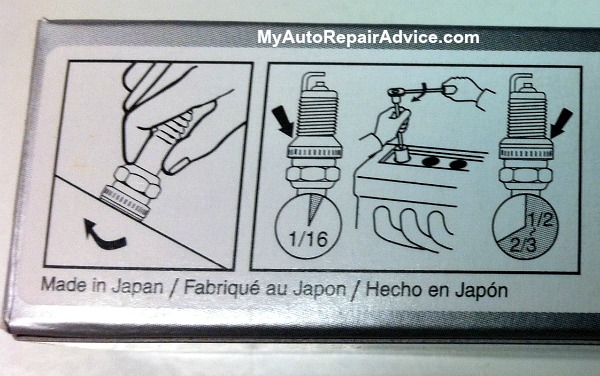How to Replace a Spark Plug in a Car?
- Share
- Issue Time
- Aug 22,2018
1. Wait for Your Car Engine to Cool Down
Finding a spark plug that fits your vehicle is simple. What I do is go to the spark plugs and enter my vehicle year, make and model into their "filter by vehicle" search.
If you skip this step, you might find it impossible to remove the spark plugs from your engine without ruining the threads. This is especially true for aluminium cylinder heads. While it is possible to repair a misthreaded spark plug hole, but it is difficult and should be left to a professional.
2. Blow Out Debris Around Spark Plugs
Blow off any dust, dirt or debris around and near the spark plug with a compressed air duster The last thing you'll want is foreign particles falling DIRECTLY into your engine and possibly causing premature engine wear.
3. Make Sure Spark Plugs are Screwed in Straight
If spark plugs go in crooked, they can cross thread and you will have a problem. To make sure my spark plugs are screwed in straight, I like to wiggle them a bit as
I'm inserting them in. If you notice the spark plug getting tight right at the beginning... then stop, take it out and restarting the screwing process.
4. Change Spark Plugs One at a Time
It is VERY easy to get the wires all mixed up, so just play it safe and do them one by one. If you have a car with a coil-on-plug system then this is not as much of a worry. Also, most all newer cars make it hard to put parts in the wrong place, but you have to be more careful with most older cars.
Tools Needed for Spark Plug Replacement
Changing spark plugs is a simple job which just requires a few basic tools. As mentioned above, use a compressed air duster to blow off dirt and debris around the cylinders before spark plug replacement. You should also have a spark park gap tool in case you need to adjust the gap between the electrodes.
It is a socket with a rubber insert to keep the spark plug from breaking during installation and removal.
If you have a coil-on-plug system, then you will probably need either a small socket wrench or a screwdriver as most of them will be bolted on.
